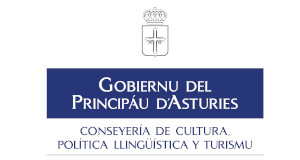The Sea



Fishing and the recollection of shellfish have been carried out from prehistoric times in Asturies, which boasts a continental platform enourmously favourable to the cultivation of numberous species of "rock-dwellers", to which we must add the migratorary shoals which arrive in summer on the gulf stream. Documents from the thirteenth century testify to the practice of fishing for whales both large and small at that time, and from then onwards a good part of the catch was given over to salting and pickling, with travelling merchants from Leon being cited as carrying "dried fish" to the market of Castilla, although the majority was destined for local markets and immediate consumption, and the canning industry as such did not make its appearance until the second half of the nineteenth century, later achieving great impetus from the fishing ports. The fishing which still maintains its traditional arts was and is fundamentally inshore fishing based on family units which use small and medium-sized boats with small crews to fish a la cacea or al tresmallu (traditional arts which have not been over-extended) for sardines with abareques or special sardine nets. These craft comb the fishing grounds looking for shoals of fish to catch using the palangre, a line with thousands of hooks on it, or the pinchu (a craftsmanmade apparatus) to catch hake and red bream, or wicker baskets for lobsters, crabs, manatees (sea cows), not forgetting seasonal fishing, especially for the northern tuna upon which a large part of the fishermen's economy depends, having their working year marked out as it is according to the seasonal nature of their catch.









